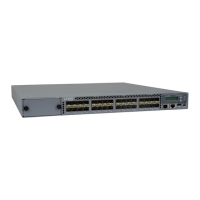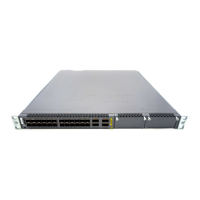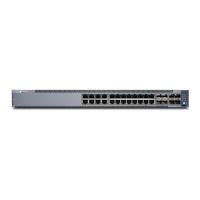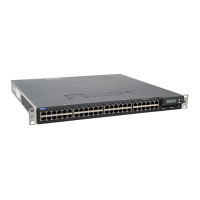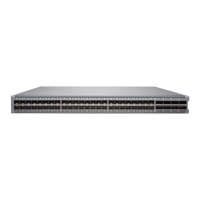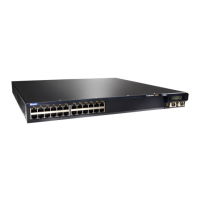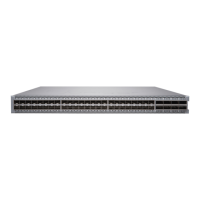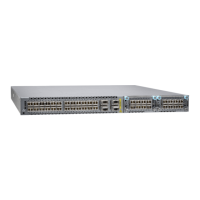• Operate the device within marked electrical rangs and product usage instrucons.
• To ensure that the device and peripheral equipment funcon safely and correctly, use the cables and
connectors specied for the aached peripheral equipment, and make certain they are in good
condion.
You can remove and replace many device components without powering o or disconnecng power to
the device, as detailed elsewhere in the hardware documentaon for this device. Never install
equipment that appears to be damaged.
Acon to Take Aer an Electrical Accident
If an electrical accident results in an injury, take the following acons in this order:
1. Use cauon. Be aware of potenally hazardous condions that could cause further injury.
2. Disconnect power from the device.
3. If possible, send another person to get medical aid. Otherwise, assess the condion of the vicm, and
then call for help.
Prevenon of Electrostac Discharge Damage
Device components that are shipped in anstac bags are sensive to damage from stac electricity.
Some components can be impaired by voltages as low as 30 V. You can easily generate potenally
damaging stac voltages whenever you handle plasc or foam packing material or if you move
components across plasc or carpets. Observe the following guidelines to minimize the potenal for
electrostac discharge (ESD) damage, which can cause intermient or complete component failures:
• Always use an ESD wrist strap when you are handling components that are subject to ESD damage,
and make sure that it is in direct contact with your skin.
If a grounding strap is not available, hold the component in its anstac bag (see Figure 114 on page
385) in one hand and touch the exposed, bare metal of the device with the other hand immediately
before inserng the component into the device.
384

